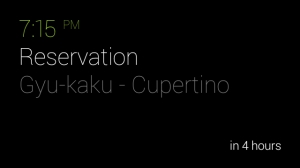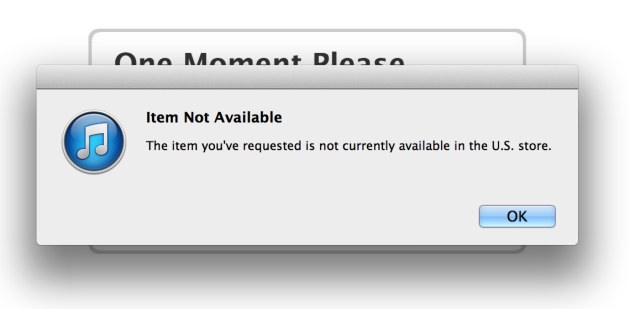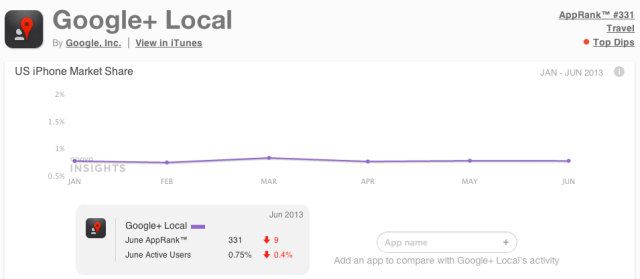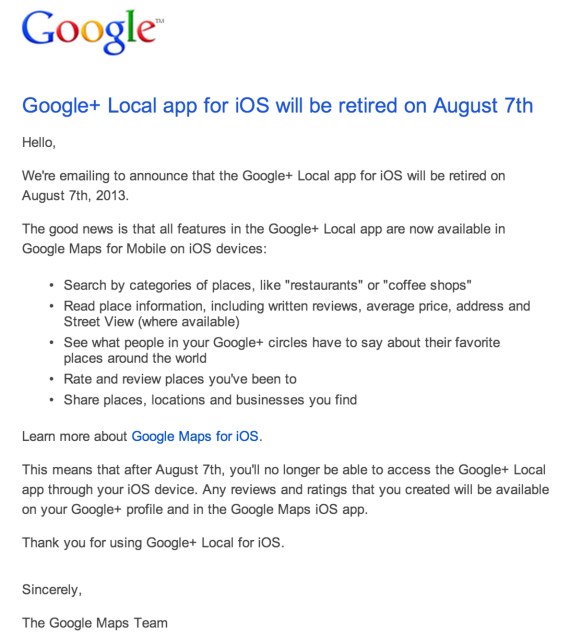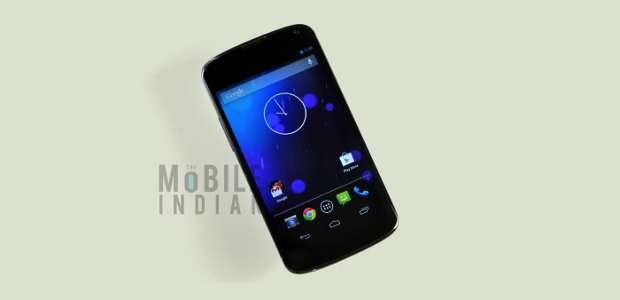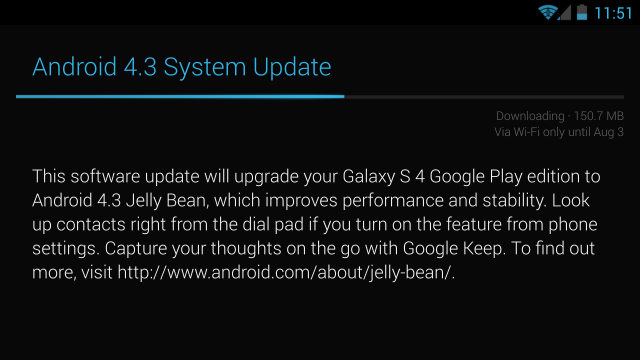Google released Android 4.3, the next major version of its Android operating system and made a series of software and hardware announcements at a press event in San Francisco yesterday.
Here is a quick lowdown of all the announcements that Google made yesterday -
Tablet Activations: Google has clocked 70 million tablet activations to date and Sundar Pichai, Google’s Senior Vice President of Android, Chrome & Apps claimed that one in every two tablets sold in the first half of 2013 was an Android based tablet. He also claimed that Nexus 7 accounted for 10% of all Android tablets sold until now.
Google Play Store Stats: Google claims to have more than one million apps in Play Store at present, making it possibly the first mobile operating system to cross the milestone publicly. In comparison, Apple had reported 900,000 iOS apps last month. Google also reiterated that it has generated more than 50 billion app installs on Google Play to date, a number it had mentioned during the quarterly earnings report last week.
Google also introduced a new tablet-specific section to the Play Store in a bid to promote its tablet apps. However, I am curious on how many tablet apps does the Play Store really have? From what I have noticed, it has been a very negligible amount and Google itself has never provided any official breakdown between its phone specific and tablet specific apps until now. In comparison, Apple has375,000 iPad specific apps and 525,000 phone specific apps, as of last month.
Android 4.3 “Jelly Bean”: Google unveiled Android 4.3 ‘Jelly Bean’, the next major version of Android operating system, although it seems like a minor update over Android 4.2 ‘Jelly Bean’ in terms of features.
Android 4.3 brings in features like restricted profiles, support for OpenGL ES 3.0 and Bluetooth Smart, New DRM APIs for streaming 1080p videos, Dial pad autocomplete and a new Wi-Fi scan only mode for better location accuracy while conserving battery.
Restricted profiles which adds on to the existing multi user capabilities for tablets introduced in Android 4.2, allows device owners to create limited profiles through which they can restrict access to specific apps and content on the device. These limited profiles will not have access to Gmail, Calendar, Play Store or in-app purchases and owners will also have granular controls to restrict which apps can be accessed and how these apps behave based on the user profile.
For instance, users can control the maturity level of the profile and manage access to games and user generated content for the profile among others. Developers can also provide custom restrictions within their apps using the Restricted Profile API. We feel this feature will be quite handy for parents to avoid accidental in-app purchases by their kids when they share their tablets. It will also allow them to control their kids’ activities on the tablet.
Besides this, Android 4.3 will feature system wide support for Hindi and other languages like Africaans, Amharic, Arabic, Hebrew, Swahili and Zulu. Note that Google already offers Hindi as an inbuilt input language for all Android devices running on Android 4.1 “Jelly Bean” or later and the company had alsolaunched a Hindi input & transliteration app for all Android devices running Android 2.2 or later in March 2013. However, Robosoft beat Google to launching Indic versions of Android, by rolling out Indic enabled Android phone in April 2012.
Android 4.3 Jelly Bean will start rolling as an over the air (OTA) update to the Nexus 4, Nexus 10, first-gen Nexus 7, and the Galaxy Nexus, with Google Play edition devices receiving it ‘soon’. Developers can either download Android Studio to start developing apps for Android 4.3 or download the Android 4.3 package which includes SDK tools, Platform Tools, and Support Library through the Android SDK Manager.
Google Play Games: Following the launch of Google Play Game services in May 2013, Google has now launched a dedicated gaming app called Google Play Games, which works quite similar to Apple’s social gaming app Game Center.
The app acts as a gaming hub which allows users to track their game achievements and scores, view what games their friends are playing to aid game discovery, join multiplayer games and access the social and public leaderboards for any specific game. It also offers game suggestions in form of featured games and allows users to send friend requests to their Google+ contacts.
Textbooks Section in Google Play Books: Google unveiled a new dedicated textbooks category in Google Play Books, which will allows students to purchase textbooks outright or rent them for a six months period. While the company didn’t disclosed much details on this development, it informed that this section is expected to debut in early August and will apparently offer a “comprehensive” selection from five major publishing houses. Google has apparently partnered with Pearson, Wiley, Macmillian Higher Education, McGraw-Hill and Cengage Learning as per a TechCrunch report.
Google said that these textbooks will be available over the web, iOS and Android at a discounted rates of up to 80%, although it didn’t provide any specific details on the pricing.
Remember that Google had also recently announced a dedicated Android app store called Google Play For Education last May, which was expected to focus only on educational apps for grades K-12. The app store had started accepting app submissions last month and it is expected to debut in the United States in the Fall. We wonder if there will be any integration between this Android app store and the textbook section of the Google Play Books in the future.
Google Translate Website Gets Handwriting Input: While this was not announced at the event, Google has introduced handwriting input to the Google Translate homepage. This feature will allow users to translate a written expression, even if you don’t know how to type the characters on the keyboard. Users can switch to this option by clicking on the input tools icon at the bottom of the text box. (It didn’t work for English language for us but worked in Spanish and French languages, although it seems to be designed keeping touch screens in mind). Google currently provides handwriting support for 45 languages, although it doesn’t seem to support any Indian language yet.
New Calendar API: Google has also released an updated Calendar API, bringing in push notifications to the API, thereby removing the need for periodic polling by the apps.
